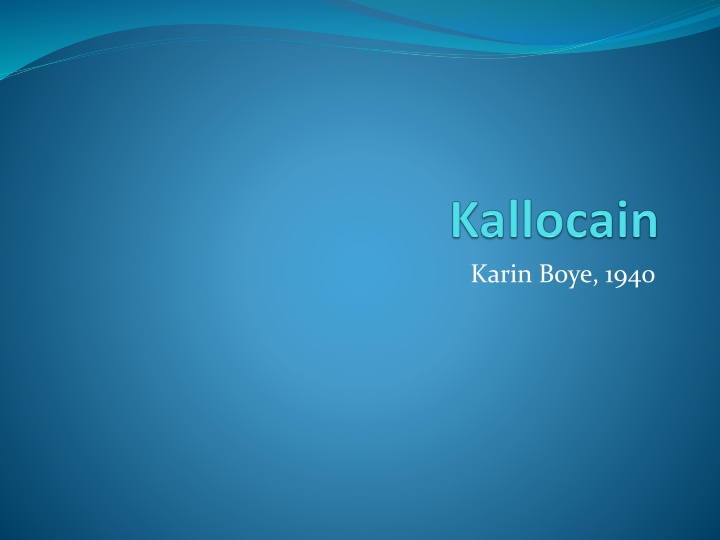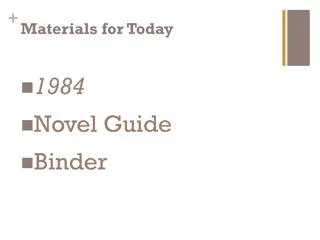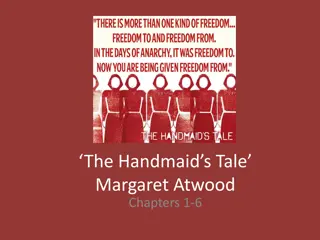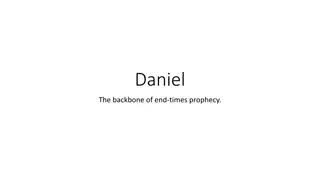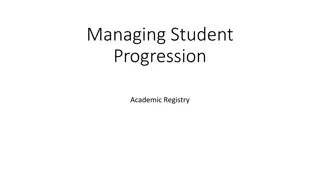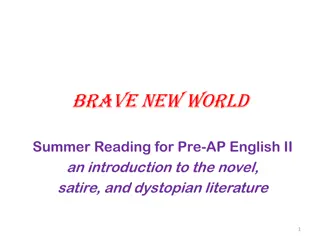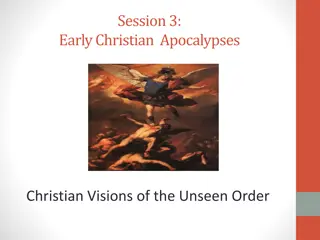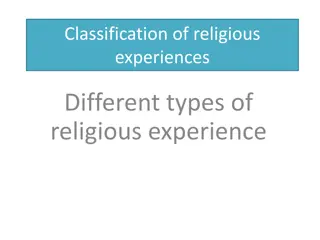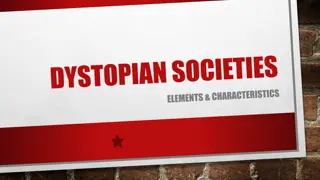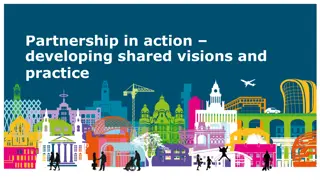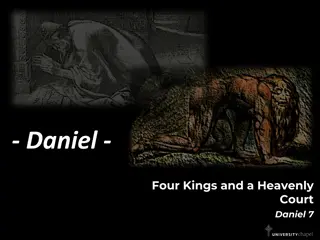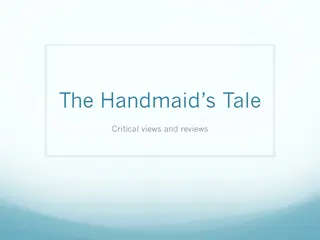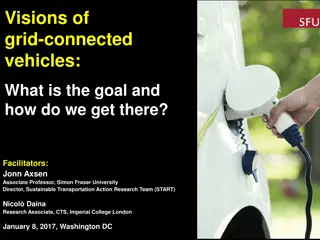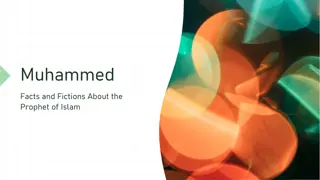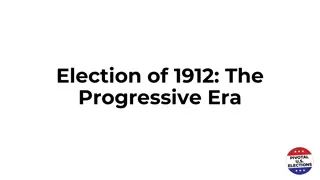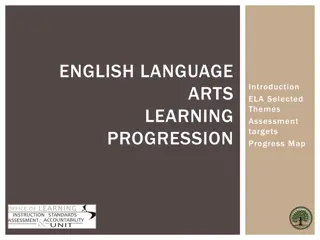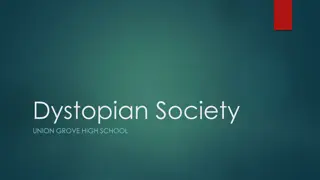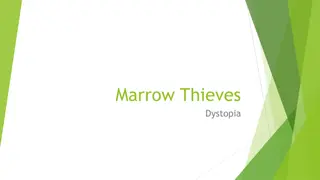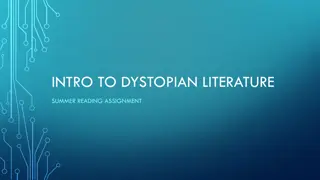Dystopian Visions and Societal Progression
The contrasting themes of dystopia and societal progression in various works, including Karin Boye's poetry, the dystopian novel "Kallocain," and Sigmund Freud's insights on civilization. Delve into the imagery of battle and introspection, the concept of Folkhemmet representing a middle way between Capitalism and Communism, and the interplay between individual and collective identities. Discover the power dynamics and restrictions that shape human societies through different writing styles and structures.
Download Presentation

Please find below an Image/Link to download the presentation.
The content on the website is provided AS IS for your information and personal use only. It may not be sold, licensed, or shared on other websites without obtaining consent from the author.If you encounter any issues during the download, it is possible that the publisher has removed the file from their server.
You are allowed to download the files provided on this website for personal or commercial use, subject to the condition that they are used lawfully. All files are the property of their respective owners.
The content on the website is provided AS IS for your information and personal use only. It may not be sold, licensed, or shared on other websites without obtaining consent from the author.
E N D
Presentation Transcript
The Shield-Maiden I dreamed about swords last night I dreamed about battle last night. I dreamed I fought by your side armored and strong, last night. Lightning flashed harsh from your hand, and the giants fell at your feet. Our ranks closed lightly and sang in silent darkness threat. I dreamed about blood last night. I dreamed about death last night. I dreamed I fell by your side with a mortal wound, last night. You marked not at all that I fell. Earnest was your mouth. With steady hand the shield you held, and went your way straight forth. I dreamed about fire last night. I dreamed about roses last night. I dreamed my death was fair and good. So did I dream last night.
Kallocain, 1940 Dystopian novel The All-Powerful State, the dark vision of the future with dehumanized and fearful lives What do we gain from society, and what do we give up to be a part of it? The ultimate collective society
Folkhemmet Swedish Middle way Capitalism / Communism Ernst Wigforss and Per Albin Hansson (1930s) Hansson introduced the concept in 1928 Equality and mutual understanding Traditional class society People s Home Planned economy, Functional Socialism Good education Free education Free universal health care
Sigmund Freud, Civilization and its Discontents, 1929 Human life in common is only made possible when a majority comes together which is stronger than any separate individual and which remains united against all separate individuals. The power of this community is then set up as right in opposition to the power of the individual, which is condemned as brute force . This replacement of the power of the individual by the power of the community constitutes the decisive step of civilization. The essence of it lies in the fact that the members of the community restrict themselves in their possibilities of satisfaction, whereas the individual knew no such restrictions.
Structure Writing Style Epistolary Autobiography Formal and stiff, Empty propaganda Personal, Emotional More interesting
Progression Loyal, undoubting fellow-soldier Doubting, Thinking, agonizing individual The collective the individual
Summary Protagonist: Leo Kall, works in Chemistry City # 4 Worried that wife Linda is having affair with his boss, Edo Rissen Rissen described by Linda: He wasn t as distant as all the others. He didn t frigthen anyone and wasn t afraid of himself p.154 Invents the truth serum Kallocain, which offers up the possibility of controlling what goes on in people s minds p.102 Volunteer Sacrificial Service sends Volunteers remember all they said, and end up ashamed or regretful Kall becomes friend with Police Chief Karrek Chief sends Kall and Rissen to the Worldstate s Capital never stepping above ground Uses Kallocain on a Volunteer who speaks of a great man, Reor, who lived 50 years ago Kall progressively gets more paranoid about his surroundings (Rissen / Linda) Has subconscious human thoughts speaks out at Film Studio Palace pp. 121-123
Summary II At the end of his time in the capital, he is told that the city is being attacked Has dinner with Rissen shows that Rissen may know of/believe in life outside the Worldstate Sea scrolls, desert city, possibility of neighboring state etc. Kall talks to Karrek who grants him any wish due to his great contribution of Kallocain Rats on Rissen Injects Linda in her sleep hears her confession Internal struggle: family vs. the state Kall requests a release of Rissen after talk with Linda, but it is denied Injects Rissen himself Rissen sentenced to death speaks of a communion with humans and not the state Kall goes to roof after lecture, gets picked up by foreign air force Imprisoned, he speculates and does not know the fate of Chemistry City # 4
Important Dystopian Characteristics in Kallocain Futuristic aspects: the growth of the State, the development of Kallocain Warning about the expanding power of a State Comments on our society: I knew that in days gone by, during the Civilian Era, it has been necessary to entice people to effort and work through hope for roomier living quarters, better food, and more attractive dress. p. 6 Propaganda used to control the citizens (Leo s apology p.56) Restrictions on Information, Independent Thought, and Freedom. Citizens are constantly monitored with cameras and glass walls A Figurehead or concept is worshipped (The State) Citizens are dehumanized - Volunteers used as guineapigs Conforming to uniformity no individuality or dissent f.ex. the banquet where The food satisfied the top general as well as the private, (p.6) uniforms, and standardized apartments.
The State The State dominates Kallocain as an option to control thoughts (p.102) the Big Brother! A means of disciplining thought-offenders Cameras everywhere (also in the bedroom the performance for the State!) Totalitarian dictatorship one political party, monopoly, and centralized power Control and rule through Fear: The one who fails to inspire fear cannot demand respect either, quite naturally, since respect always means acknowledgement of strength, superiority, power; and strength, superiority and power are always dangerous. (p. 44) Ideological Power using propaganda to reach perfection media, economy, communication, education etc. Mass surveillance no dissent State sponsored violence: Secret Police
The Worldstate The social body had developed from a planless herd to the most highly organized and differentiated of all forms: our present Worldstate. From individualism to collectivism . . The individual was only a cell with no other significance than that it served the organism [society]as a whole. (p.51) The common uniform one for work, one for leisure, and one for military and police service was the same for all, for men and women, for high and low, except for the insignia. (p.6-7)
Comparisons Nazi Germany: WAR (repression, stability, young soldiers for the state 8 years old) FREEDOM of SPEECH (no way to express your individual self) HUMAN EXPERIMENTATION (using human test- subjects)
Comparison II USSR under Stalin (1922-53) NKVD and KGB (Brutal and repressive police force silences anyone questioning authority) Public trials and executions (estimated 55 million people) Surveillance and espionage Loyalty to the State (in Kallocain, 9 out of 10 wives gave up their husbands as traitors)
Theme / Message Family / relationships / emotions War as peace Freedom / Tyranny Individual perceptions of the whole Lack of individual communication Freedom / choice Humans as tools Power Thought-Control through Kallocain The good life?
Questions 1) Leo Kall wants to move up the ladder via his invention. Is he satisfied at the end? 2) Is there any kind of mobility in a Totalitarian State? 3) What does Rissen symbolize? What does he mean when he says no fellow soldier over forty can have a clear conscience? 4) What is the symbolic significance of the story of Reor? (pp.88-90) 5) What are the views on marriage / love / child- rearing in the Worldstate? And why? 6) Discuss the use of propaganda (pp.116-119) and how it relates to our society today.
